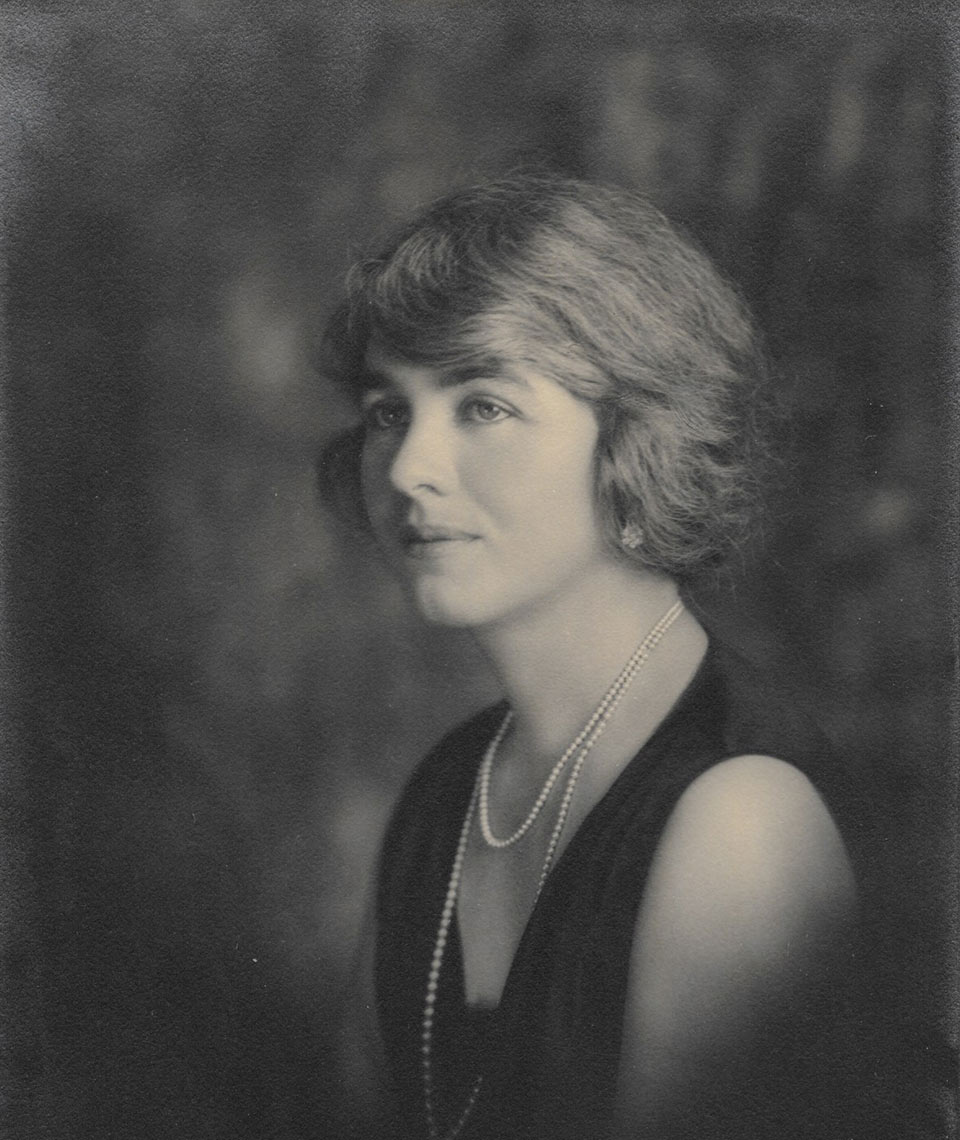Bertha Ballou (1891 Hornby, New York-1978 Spokane, Washington)
Portrait, landscape and western-scene painter, Bertha Ballou, had a life of sophisticated art education and wide-ranging travel beginning in her youth when she lived on frontier U.S. Army forts. Her parents were Cora Hendrick Ballou and Colonel Charles Clarendon Ballou, and in the early 1900s, Colonel Ballou was military commander of Fort Niobrara in northwest Nebraska near Valentine. Living there in this period of transition from federal government protections to white settler law enforcement, Bertha was in her late childhood and early teen years. She already had a keen art interest and talent and took advantage of many scenic, figure and genre sketching opportunities such as miles and miles of sand hills, Niobrara River Valley scenes, Indians and U.S. soldiers, often on horseback.
Leaving Nebraska and heading east in 1908, and apparently supported by parents with financial means, she began two years of formal art education at Randolph-Macon Woman’s College in Lynchburg, Virginia. Between this time and a 1911-1912 enrollment at the Art Students League in New York City, she travelled in the Orient. From 1916 to 1920, she studied at the Corcoran School of Art in Washington DC., and then had brief period in Spokane, Washington. From 1921 to 1924, she was a student at the Museum of Fine Arts, Boston. Among her teachers were Frank DuMond, Ernest Blumenschein, Edmund Tarbell, and Charles Grafly. In 1925 to 1927, she studied in France and Italy, supported by a Tiffany Foundation Fellowship. After this trip, she settled in Spokane and lived with her parents. However, her father died the next year, 1928. On June 30, 1930, she married Frank D. Buckler, but they later divorced. She lived out the rest of her days with her sister Alice (“Sally’).
As an artist, teacher at Holy Names College in Spokane, and lecturer about the West Coast, Bertha Ballou became much sought after for programs about her career as a portrait painter and her artistic life in Europe between the World Wars. She was a member of the Spokane Art Association and Washington Art Association, and exhibited with the Society of Washington Artists, Spokane Art Association, Spokane Society of Women Artists and Women Painters of Washington. In 1934, working from photographs, she completed a painting project of historic Native Americans of the Northwest. Two of these subjects, Chief Joseph and Chief Moses, were added to the Spokane Public Library collection. Her artwork is in the collections of the Eastern Washington Historical Museum and Spokane County Courthouse.
Sources:
Ancestry.com
Barnes, Jeff, Forts of the Northern Plains: Guide to Historic Military Posts
of the Plains Indian Wars, p. 74
Cherry County Memorial Library website, (“Fort Niobrara,” Early History
of Cherry County, Nebraska) accessed 2/2014
Falk, Peter Hastings, Editor, Who Was Who in American Art, Volume I
Kovinick, Phil and Marian Yoshiki-Kovinick, An Encyclopedia of Women
Artists of the American West, p. 14
Researched, written, and copyrighted by Lonnie Pierson Dunbier, 2015 (modified by Olivier Ballou based on content of letters)
Museum of Nebraska Art Project: Their Place, Their Time: Women Artists in Nebraska, 1820s-1940s
